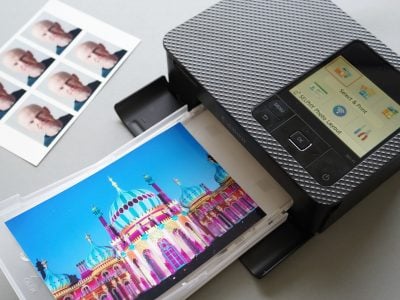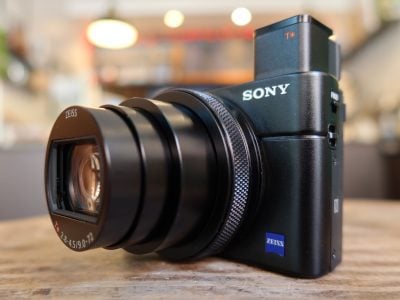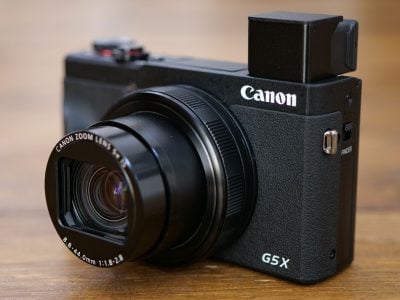Sony Alpha DSLR-A350
-
-
Written by Gordon Laing
Sony Alpha DSLR-A350 versus Canon EOS 400D / XTi
Sony Alpha DSLR-A350: JPEG versus RAW
We photographed the scene here in Large Fine JPEG + RAW mode and have presented crops below from each file for comparison. The RAW file was converted using Sony’s supplied Image Data Converter SR 2.0 using the default settings, then sent to Photoshop in 16 bits. This was then reduced to 8 bits and processed the same way as the original JPEG for presentation here.
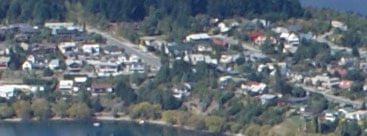 The RAW file processed using the default settings (and with DRO set to On) appears virtually identical to the JPEG, although is a fraction sharper. Of course the benefit of shooting in RAW is having greater latitude to make adjustments, and Sony’s supplied software gives you plenty of options including the ability to apply the D-Range optimiser with numerous settings, adjust the noise reduction and fine-tune sharpening. If you’re willing to tweak, it’s possible to achieve what most would consider to be superior results. Now let’s look at the A200’s studio-based resolution. |
Sony Alpha DSLR-A350 JPEG with Sony DT 18-70mm at 24 mm |
Sony Alpha DSLR-A350 RAW with Sony DT 18-70mm at 24 mm | |
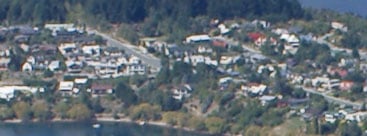 | ||
f8, 100 ISO |
f8, 100 ISO |
Sony Alpha DSLR-A350 results continued…
outdoor scene
Note: to see how the A350 compares to the A300 and Canon 450D / XSi, see our A300 results.
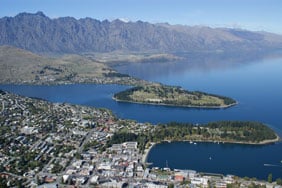 |
To compare real-life performance we shot the same scene with the Sony Alpha DSLR A350 and the Canon EOS 400D / XTi within a few moments of each other using their Auto modes, best quality JPEG and lowest ISO settings. Both models were fitted with their respective kit lenses set to f8 and adjusted to deliver the same field of view. The image left was taken with the Sony Alpha DSLR A350 at 24mm f8 and with a sensitivity of 100 ISO; the original JPEG measured 5.74MB. The crops are taken from the upper left, centre, lower right and lower left portions of the originals and presented here at 100%. The A350’s DRO was set to the default Standard. |
When comparing a 14.2 Megapixel DSLR against one with 10.1 Megapixels, you’d assume there’d be a significant difference in resolved detail, but as our 100% crops below reveal, there’s arguably no more real-life detail recorded with the A350 kit than there was with the Canon 400D / XTi kit.
It’s also clear the default A350 settings apply less sharpening than the 400D / XTi, and this is something you’ll see in all our sample images taken with the Sony in this review – most can certainly handle a boost in sharpening.
But perhaps the biggest thing you’ll notice below is the impact of the respective kit lenses. The Sony DT 18-70mm is a fine model for the money and it’s served the entry-level Alpha’s well, but the 14.2 Megapixel sensor in the A350 is pushing it a bit too far. So if you want to see what the A350 is really capable of, you’ll need to equip it with a better quality lens, such as the Sony DT 16-80mm. We’ll be retesting the A350 with higher quality optics in the future, and check back soon for results comparing the A350 against the new Canon 450D / XSi.
Scroll down for a JPEG and RAW comparison from the Alpha A350, or head on over to our A350 studio resolution results page.
Sony Alpha DSLR-A350 (High ISO NR on – default) with Sony DT 18-70mm at 24mm |
Canon EOS 400D / Rebel XTi with Canon EF-S 18-55mm at 22mm | |
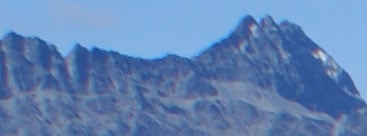 | 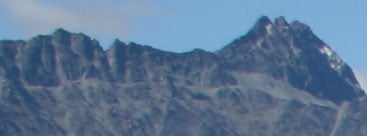 | |
f8, 100 ISO |
f8, 100 ISO | |
 | 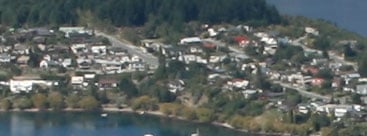 | |
f8, 100 ISO |
f8, 100 ISO | |
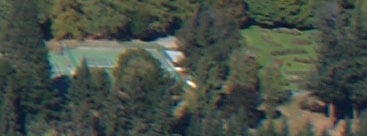 | 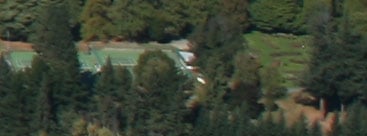 | |
f8, 100 ISO |
f8, 100 ISO | |
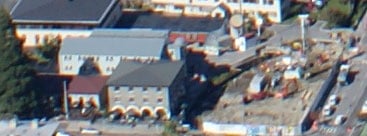 | 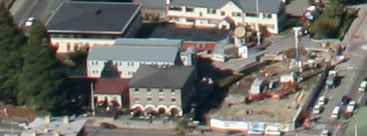 | |
f8, 100 ISO |
f8, 100 ISO |
